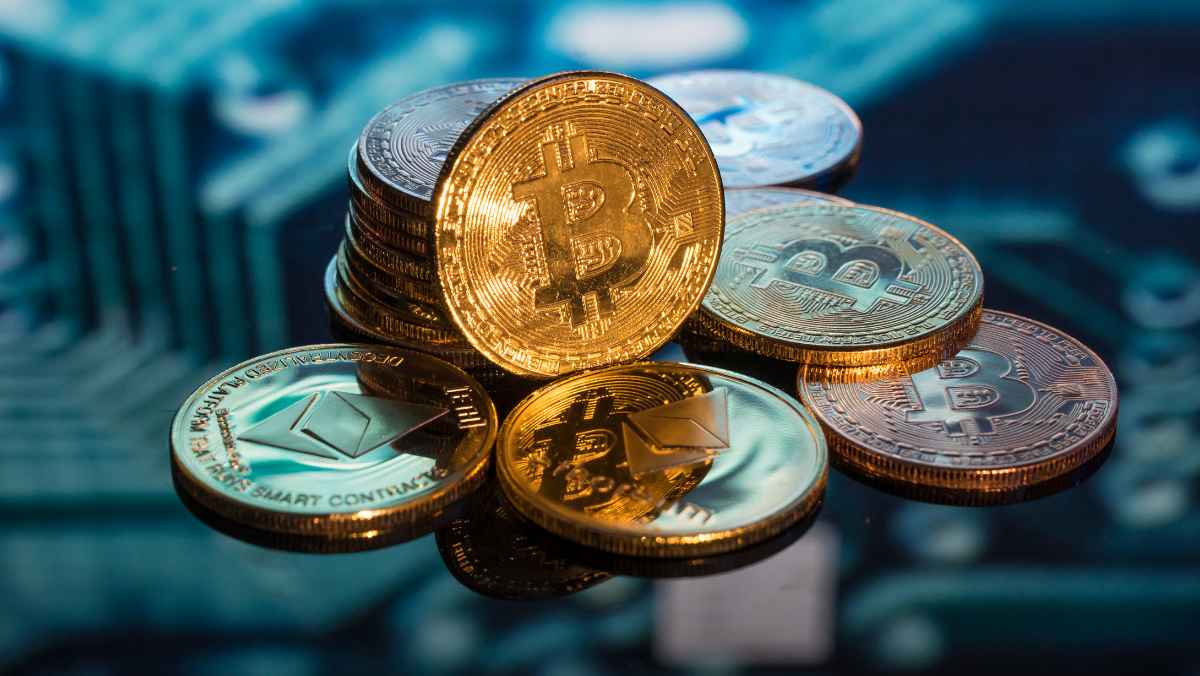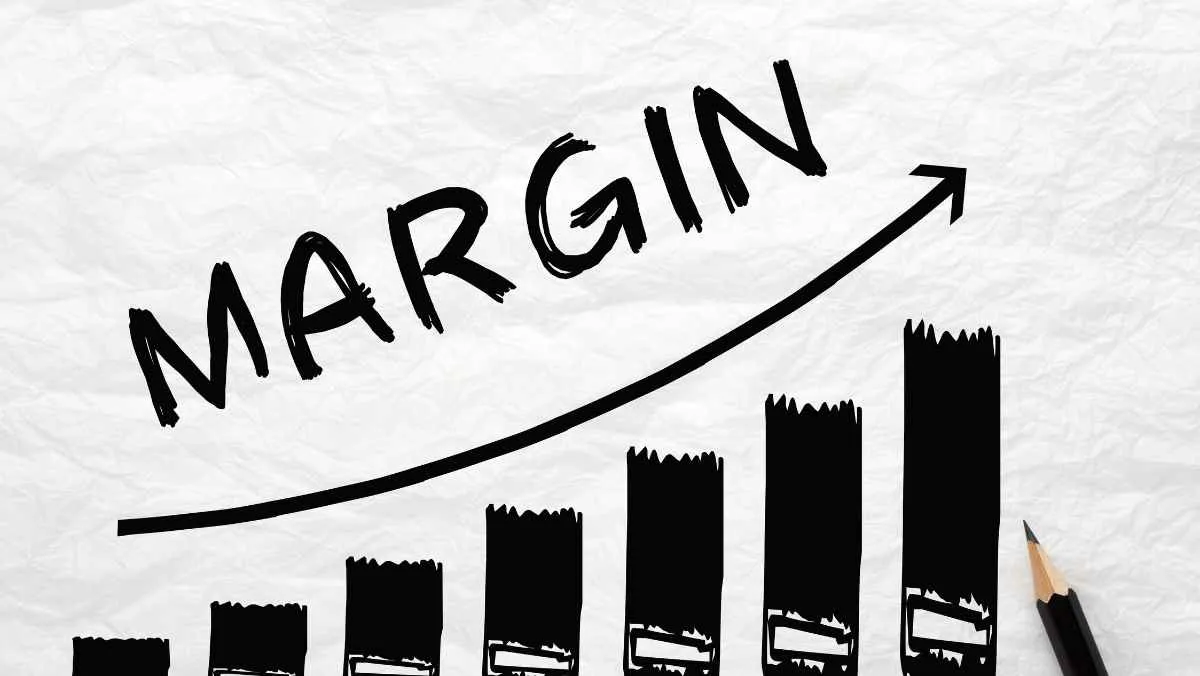Monday Dec 18 2023 09:03

12 min

Buying crypto can seem daunting at first. Spot trading is the key for beginners, offering a straightforward way to own digital assets.
Yet, many newcomers stumble and miss out.
Dive into this guide to master the basics of spot trading in crypto and step into the world of digital finance with ease.
Spot trading in crypto revolves around the principle of buying low and selling high to secure a profit. However, given the unpredictable nature of the cryptocurrency market, this tactic doesn't always guarantee success for traders.
The foundational elements of spot trading are the spot price, trade date, and settlement date.
The spot price is the current value of any asset, allowing traders to immediately buy or sell assets at this rate.
Moreover, cryptocurrencies can be traded among users across various exchange platforms.
The dynamic of the spot price is influenced by the continuous placing of new orders and the fulfilment of existing ones.
The trade date is essential as it marks and logs the transaction, signifying the actual day the market action takes place.
Meanwhile, the settlement date often termed the spot date, is the day when the assets involved are officially exchanged.
In many markets, there's a gap between the trade and settlement dates. However, in the cryptocurrency world, this process usually unfolds on the same day, although specific timelines might vary based on the exchange or trading platform in use.
To get a more fundamental understanding read: Crypto Trading: The Ultimate Beginner’s guide

Spot trading in crypto is a direct method for traders to buy and sell digital assets at the most favourable current market prices, often termed the 'spot price'.
On a spot market, traders have access to a wide range of currencies, from popular cryptocurrencies like BTC, Ether, and BNB, to traditional fiat currencies.
On centralized exchanges, traders must initially deposit the specific cryptocurrency they wish to trade. These exchanges usually charge fees for various activities, such as listings and trades.
Visual tools, like graphs and tickers, provide real-time data, assisting traders in making informed decisions using both fundamental and technical analysis.
On the other hand, decentralized exchanges (DEXs) employ blockchain technology to autonomously match buy and sell orders. With the integration of smart contracts, traders can conduct spot trading directly from their digital wallets without relying on a centralized authority.
Additionally, there are Over-the-Counter (OTC) markets where trading can take place directly between parties, using platforms or brokers to facilitate the trades.
Some even opt to conduct OTC trades over the phone, emphasizing the flexibility and variety of options within spot trading in crypto.
In the dynamic world of cryptocurrency, spot trading stands out as one of the most straightforward ways to buy and sell assets. Just like any other investment avenue, it comes with its fair share of pros and cons. Let's delve into the benefits and risks associated with crypto spot trading.
One of the foremost advantages of spot trading is the direct ownership of cryptocurrencies. Unlike derivative contracts, when you buy a digital asset through spot trading, you own the asset itself, offering you full control and rights over its usage.
Spot trading is often considered simpler than other forms of crypto trading like derivatives or futures. The absence of leveraged trading and straightforward transaction mechanisms makes it more accessible, especially for beginners.
Crypto spot markets tend to offer high transparency. Prices are determined by real-time supply and demand, and on most reputable exchanges, traders have access to a plethora of information, including order books and historical data.
The cryptocurrency market is known for its high volatility. The value of assets can swing wildly within short time frames, leading to potential unexpected losses for spot traders.
Using exchanges for spot trading means that traders often store their assets in exchange wallets, at least temporarily. These centralized wallets can become targets for hacks, risking the safety of one's holdings.
Not all cryptocurrencies are highly liquid. When trading lesser-known or newer cryptocurrencies, traders might face challenges in buying or selling large quantities without significantly impacting the price.
Spot trades are executed instantly, resulting in the immediate delivery of the asset in question. Day traders, especially, find solace in spot trading, entering and exiting short-term trades to quickly acquire the underlying asset.
One of the primary considerations in this domain is the spread - the difference between the bid (sell) and offer (buy) prices of an asset. This spread, especially when low, is favourable for traders who want to swiftly manoeuvre through their trades without waiting for an expiration date.

Transitioning from the immediacy of spot trading, margin trading offers traders an intriguing proposition: amplify their trading positions. How? By borrowing funds from a third party, usually the exchange or a broker.
While this mechanism can potentially yield significant gains due to the increased position size, the risks involved are proportionally higher.
The borrowed money, plus interest, means that any potential losses are magnified. Traders must be acutely aware of these risks; failing to manage them can result in the loss of their entire initial investment.
Futures trading operates on a different premise. Instead of immediate trades as in spot trading, futures involve contracts where the buyer and seller agree upon exchanging a specified quantity of items at a set price but will settle it in the future.
As the settlement date approaches, many traders choose a financial settlement over actually transferring the underlying asset.
This characteristic distinction means that while spot trades offer immediacy, futures contracts work on a predefined timeline and often conclude without the actual transfer of the asset.
Yes, spot trading is often recommended for beginners due to its straightforward nature, allowing them to buy or sell cryptocurrencies directly without the complexities of leverage or future contracts.
Absolutely. In spot trading, you acquire direct ownership of the cryptocurrency, meaning you hold the actual coins or tokens in your wallet.
Immediately. Once you purchase a cryptocurrency through a spot trade, you can sell it right away, given there's a willing buyer at your desired price.
Typically, yes. Most exchanges charge fees for spot trading, but these fees vary depending on the platform and the volume of the trade.
To start spot trading, choose a reputable cryptocurrency exchange, create an account, deposit funds, and you can begin buying or selling cryptocurrencies at current market prices.
Liquidity is crucial in spot trading as it determines the ease of executing trades. A highly liquid market ensures that orders get filled quickly and at desired prices, reducing the chances of high slippage.
While most exchanges offer spot trading for popular cryptocurrencies like Bitcoin and Ethereum, availability for less-known altcoins might vary depending on the platform.
While the mechanics of spot trading are generally secure, the safety also depends on the exchange's security protocols and the trader's practices, like using two-factor authentication and secure wallets.
The spread, the difference between the bid and ask prices, impacts the price at which you can immediately sell a recently purchased asset. A narrower spread usually means a more liquid market and fewer costs for the trader.
In case of an exchange outage, trading may temporarily halt. Once the exchange is operational again, trades generally resume, but it's crucial to check any trades made before the outage to ensure they were processed.
Spot trading stands as a foundational pillar in the realm of cryptocurrency trading, offering immediacy and direct ownership of assets.
While it provides a straightforward entry for beginners, it's crucial to weigh its benefits against the associated risks, especially when compared to margin and futures trading.
For those new to this domain, understanding spot trading is crucial. It forms the cornerstone of making informed, astute trading decisions.
Moreover, the world of spot trading provides a more immediate connection to assets, a feature that many traders value for its simplicity and directness. As you progress in your crypto journey, always be vigilant about the potential pitfalls and ensure that you're continuously updating your knowledge base.
As with all trading endeavours, knowledge and caution are key. For those eager to delve into the vibrant world of cryptocurrency trading, now's the perfect moment.
You can open a trading account now with markets.com and start trading Crypto CFDs!
Dive in with confidence, and let your crypto journey begin.
Read up on this next interesting article: Understanding Crypto CFDs: Advantages and Risks
“When considering ‘‘CFD Cryptocurrencies’’ for trading and price predictions, remember that trading CFDs involves a significant degree of risk and could result in capital loss. Past performance is not indicative of any future results. This information is provided for informative purposes only and should not be construed to be investment advice.”